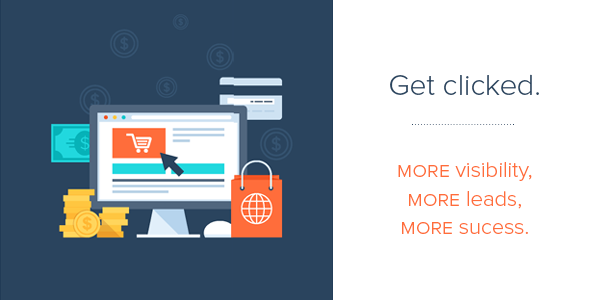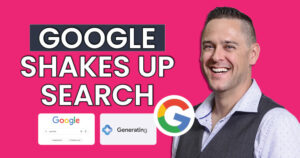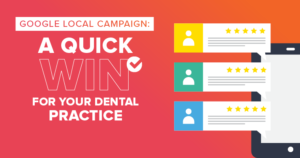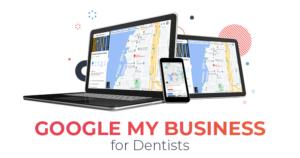Our Results-Oriented Approach to PPC
So you have a brand-spanking-new dental website for your practice. Congratulations! It’s well-built, beautifully designed, has tons of information, and is packed with content that will benefit your potential patients.
But, it’s time to get raw. If no one clicks on your website then all that work and investment is for not. PPC (Pay-Per-Click) advertising is one of the best ways to attract people to your website.
Why do we say that?
Put simply, paid ads guarantee visibility. While organic marketing is absolutely essential, the pay-to-play arena should not be overlooked for practices looking to gain market share. Paid ads allow you to strategically choose not only the location of your ads but also to whom they should be displayed.

How do PPC ads work?
After we create an advertising dashboard, we perform essential keyword research, and then create campaigns that will house ad groups and within them your ad copy itself. After your ads have been approved by you and of course Google, they will go live.
When someone clicks on your ad, your account will be charged a specified fee. This is referred to as cost-per-click. The CPC can vary massively depending on a number of things like competition level, time of day, search volume, etc.
When reviewing PPC agencies to determine who to work with, you’ll want to consider each of the following areas in your search.
Is PPC right for my practice?
The short answer is YES, but as in any equation, there are factors to consider. If you are looking at gaining more patients, increasing your brand awareness, or driving traffic to a specific service page, then ads are definitely a good choice.
Below you will find four reasons you might want to consider adding paid ads to your marketing portfolio.
They are targeted.
Using Google Ads, you are in the driver’s seat. You get to choose who sees your ads based on a selection of keywords, locations, gender, language, and even current interests. What this means for you is this: Your ideal customer just got a whole lot closer.
They are cost-effective.
Unlike mailers, radio advertising, TV, etc. you only pay when someone actually interacts with your ad. Paid ads allow your practice to guarantee top-of-page visibility, which can drive more conversions to your website than organic alone can.
They are trackable.
With any marketing campaign, you want to know where your money is going and what it is doing for you. It is an investment, and investments should pay dividends. Paid ads are easily trackable; you can monitor their performance on a day-to-day or week-to-week basis and adjust on the fly for optimal performance.
They are fast.
As we mentioned, organic rankings are essential to the long-term viability of your practice, but organic rankings take time. With paid ads, you can have your ads up and running at the top of the page or ANY keyword you want in a matter of hours.
What kind of ROI can I expect?
Obviously this will vary from one area to another, but if you are not turning a generous profit from running ads, then you are doing it wrong.
On average in the healthcare industry, the ROI from running Google Ads is around 600%. In other words, if you spent, say $750 a month on ads, your return in new patient value would be, on average, $5500. This is a conservative number too.
Why do we say that?
The average new patient value over the industry average lifetime is $6000-$8000 based on two cleanings a year for 10 years. If your ads bring in 2-3 patients a month, your return would be between $18,000-$24,000.
Paid ads are one of the most profitable marketing channels when it comes to generating higher ROI. They drive qualified traffic to your website or landing pages relatively quickly and start generating conversions.
There’s an added bonus….
PPC also compliments, and can even improve, your organic SEO. Using paid ads, you can discover keywords that are more popular than currently targeted keywords, and can also show you where your weak areas are in terms of organic optimization.
By combining PPC with SEO, you can get a chance to cover all areas as some customers prefer organic search while the others are influenced by paid search.
Are you ready to get in the game?
Call us today at (360) 283-5001 or email us to receive a free market evaluation and campaign suggestions.
Editor’s Note: This post was originally published in 2016 and has been updated for accuracy and comprehensiveness.



